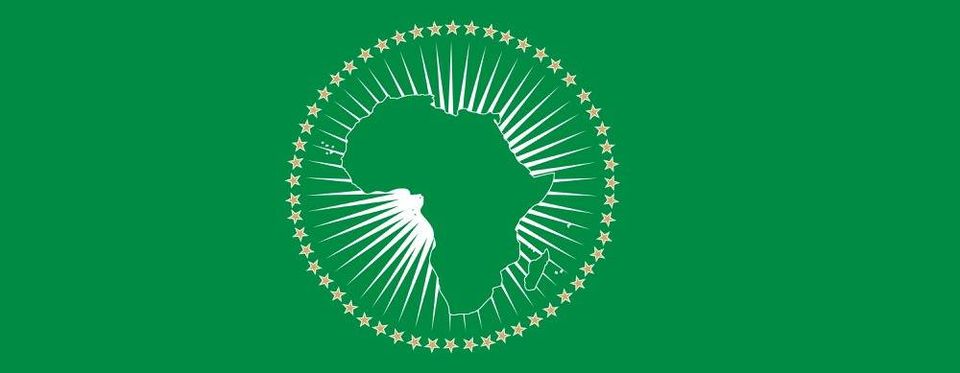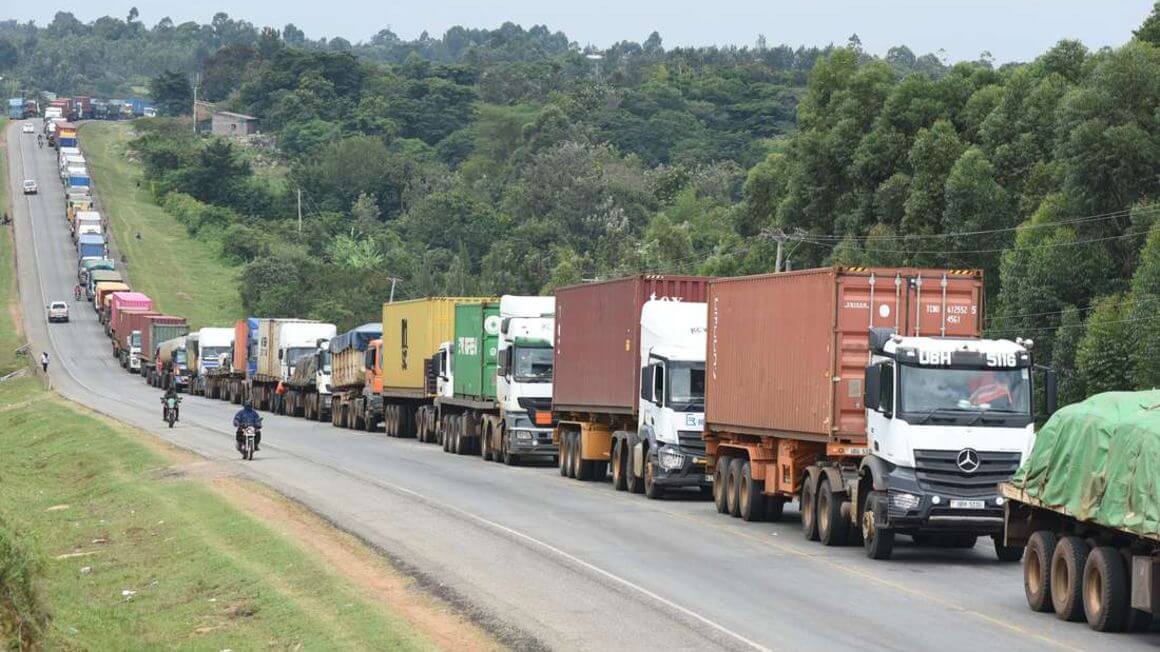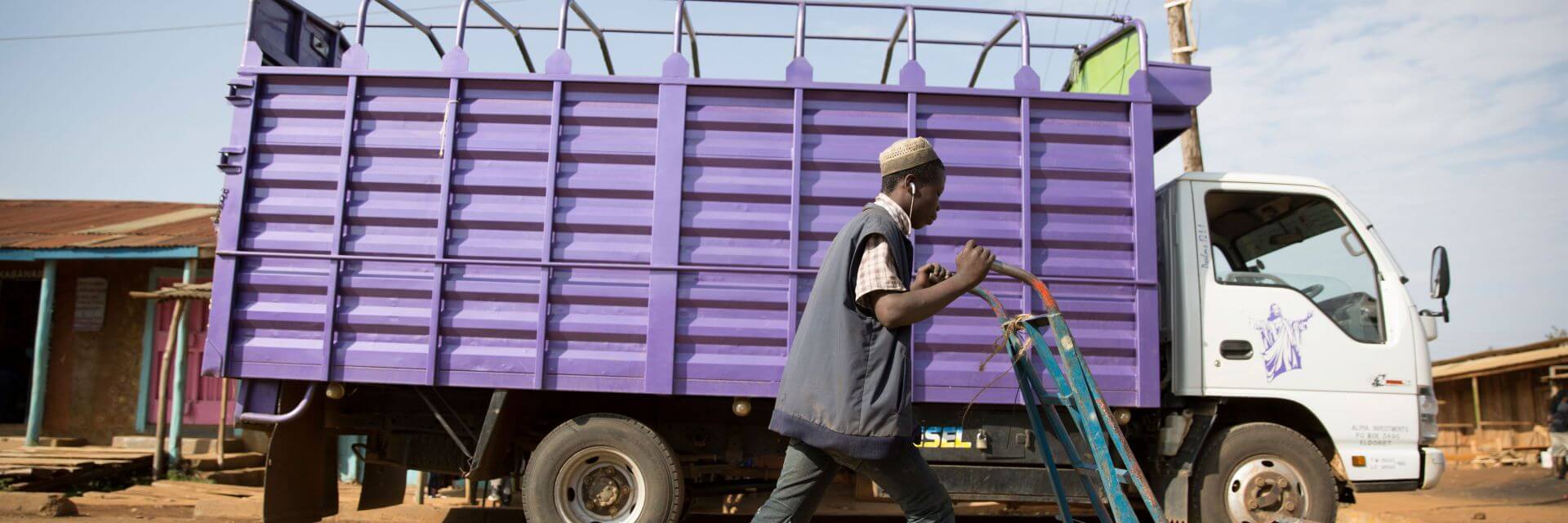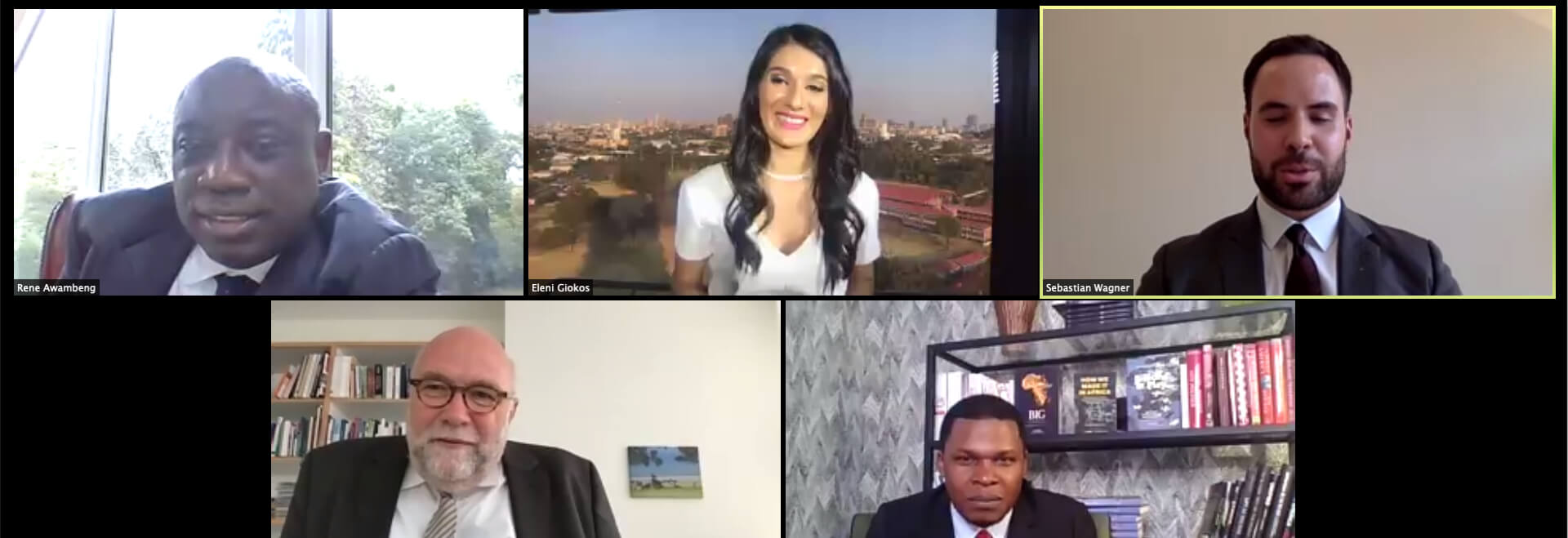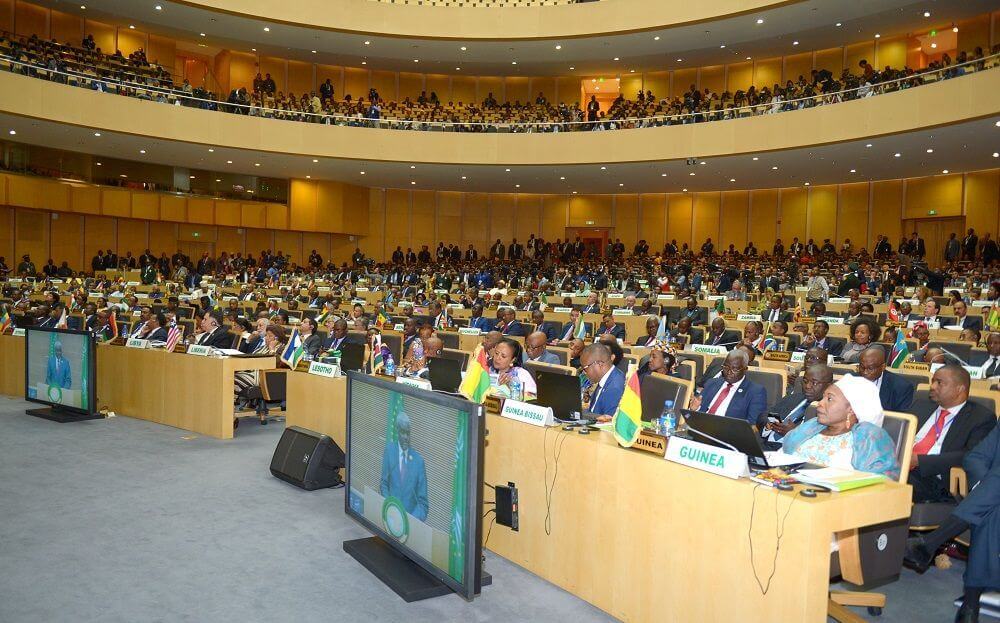Look around your room. Chances are that everything inside has been in a container, on a plane, or inside a truck at some point. The miracle of international trade is a complex beast, a series of arteries feeding goods to each corner of the globe. And for the average consumer, we know almost nothing about it. It’s our lack of knowledge that’s given rise to an exploding market for counterfeit goods. According to the Organization for Economic Co-operation and Development (OECD) and the EU Intellectual Property Office, counterfeit and pirated goods make up 3.3% of all global trade — over half a trillion dollars annually. It’s here, in dealing with inauthentic goods, that we run into a bit of a blindspot. We know that we bought a jacket. We know where we purchased it (Amazon), how it got to us (DHL), and its country of origin (China). But it’s what we don’t know that’s far more interesting. Have you ever given thought to where the buttons originated? What about the dyes? The thread? Consider the number of miles, collectively, each material traveled, the number of borders crossed before a manufacturing facility turned it into a jacket, and shipped it to your door. The global supply chain is an impossible tangle of logistical hurdles somehow made possible. With complexity comes opportunity, and unscrupulous actors are taking these opportunities to sneak illicit goods into a legitimate supply. What Can We Do About It? In such a complex network, you’d assume paper would...
Fighting With 1’s and 0’s: How Distributed Ledger Technology Could Disrupt the $500B Counterfeit Industry
Posted on: October 5, 2020
Posted on: October 5, 2020


